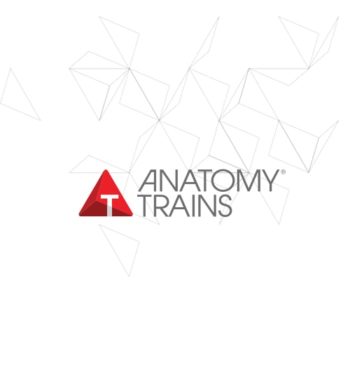24 hours of class recordings plus 9 required hours of live class within six weeks. (This is Attendance Option B.) Learn techniques and strategies for improving neck and shoulder mobility and upper thoracic movement.
What you will learn
Our focus in this first course in the Manual NVR series will be the neck, head, and upper thorax, including the brachial plexus, shoulder girdle, rib cage, and lungs.
We will work gently and precisely with the vascular system to normalize tone in hypertonic muscles that are shortening the myofascial tracks, distorting posture, and limiting movement.
We will work with restrictions of the cervical plexus, brachial plexus, intercostal nerves, accessory nerve, vagus nerve, phrenic nerve, and dura with the goals of reducing pain and improving structural and functional balance.
You will also:
- learn or refine your ability to use “general listening” and other assessment methods borrowed from osteopathy
- use less physical effort
- become more efficient
- learn new strategies for classic problems
- improve your layer palpation and tissue-specific touch
- grow your ability to meet the needs of sensitively-tuned individuals
- pace your work to provide integration within the session.
As you add techniques to your tool bag, we will discuss applications and strategies for working with thoracic outlet syndrome, the residual effects of whiplash, jaw issues, problems leading to anterior head shift, shoulder mobility issues, upper body stiffness, hypermobile clients, and scoliosis.
Over time, your clients or patients will notice improved proprioception, interoception, and nervous system regulation, and they will grow in their appreciation for how smart and adaptive their bodies are.
This course is for all licensed manual therapists, including massage therapists, physiotherapists, acupuncturists, and structural integrators.
Distance learning format
five Zoom classes, 20 hours total spread across six weeks
- Spread out your learning over time. Practice the techniques and strategies you just learned and then return to class the following week with questions.
- Reduce your travel costs. (If you attend Part 1 in distance learning format, ideally plan to attend Part 2 in person, so that you can receive this work early in your training.)


